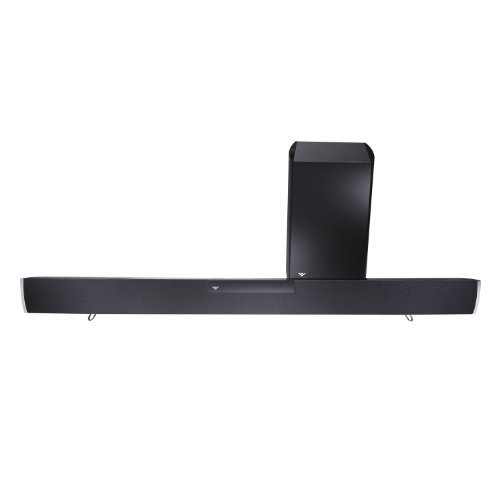You've all heard it, that dreaded 60Hz hum through the speakers of a home theater or house audio system. Hopefully you heard it at a friend's house and not your own. It can drive you completely nuts. You may have even tried, unsuccessfully, to fix the little noise problem. That can make you even more crazy. What causes that horrendous noise through your speakers?
More often than not humming through your speakers is caused by a grounding problem. There are three main ground problems that cause problems in an audio / video system. These are ground loops, improper grounding and lack of a ground altogether. The other possible culprits that can cause noise are bad cables, a faulty piece of equipment or electrical noise from a lighting dimmer or electric motor. There are steps you can take to troubleshoot the noise and eliminate it from you theater.
The first step is find out where it is coming from. Disconnect your source and display equipment from your receiver or surround sound processor. If the noise stops, connect them back to the receiver or processor on at a time until the noise returns. When the hum comes back, you found where the noise is entering your system. Note that if you are connecting remote equipment, such as running the signal from your theater room DVD player to the TV in the bedroom, your chances to pick up noise increase dramatically. With such long runs, noise can be induced into the long cable runs from adjacent electrical wiring. It is also easy to create a ground loop, because the equipment is plugged into two different, widely separated outlets, on different electrical circuits.
If the noise is caused by a cable box, the noise is likely caused by the cable TV ground. To test this theory, disconnect the incoming cable TV feed to the rear of the cable box or TV while they are still connected to the rest of the system. If the noise is eliminated by disconnecting the TV cable, the problem is the cable TV ground. You can electrically decouple the cable TV feed from your system with a ground breaking transformer. These are available from many sources. Be advised that many newer, digital cable TV systems require any device in the signal chain to pass a full 1,000 Mhz. Some of the older ground break transformers will not do this. Be sure to check the specifications of whatever device you are purchasing to verify it will pass the digital cable TV signal.
If the noise is from your projector, TV, or monitor, it is most likely caused because the video display device is plugged into a different outlet than the other a/v equipment. It could be on a different circuit as well. These circuits may have two different ground potentials. That is, the resistance to ground is different on each circuit. A difference in resistance to ground from one ground point to another can cause the dreaded ground loop. If you get a ground loop, current flows between the two components. If the current flows through the components internal audio signal ground, you will get a hum.
You can use an isolation transformer, similar to the type used for cable TV ground problems, to eliminate the electrical connection from one component to the other. These transformers are inserted in line with the audio signal connection between the two components. If there is no audio connection between the components, the problem may be current flowing through the video portion. In this case, a video isolation transformer should be used to eliminate the ground loop.
Sometimes power conditioners will stop noise problems by placing equipment on different, electrically isolated outlets. This is done using isolation transformers. Sometimes this is ineffective however, due to the differences in internal construction of different power conditioning equipment. Some safety regulations, such as UL 1950, specify that an isolation transformer is only allowed to isolate the hot and neutral wires; the grounding wire must be passed straight through. If this is the case, the ground loop problem may still exist because many communication circuits are connected to the grounding conductor and not the neutral. In this case, the isolation transformer, or any power conditioner or UPS with an isolation transformer will have absolutely no affect on the grounding problem.
The noise may be generated externally, from a dimmer or refrigerator compressor for example, and coming in through the main power input on the audio video equipment. In this case, a high quality power conditioner may be effective in reducing or eliminating the noise problem. You may also find that one of the signal interconnecting cables in your system is faulty. This can also cause noise problems. Check for this by swapping the cables with one that you know to be good.
You can solve most noise problems in your home theater or multi room audio/video system by taking the systematic, step-by-step approach. Work your way up the signal chain, eliminating each piece of equipment as you go. If you have nothing connected to your speakers except the speaker wiring, and they still hum, the problem is noise induced into the speaker wiring from adjacent power cables. Other than that case, most problems are caused by ground problems, which you can find, and solve, if you take it one step at a time.










